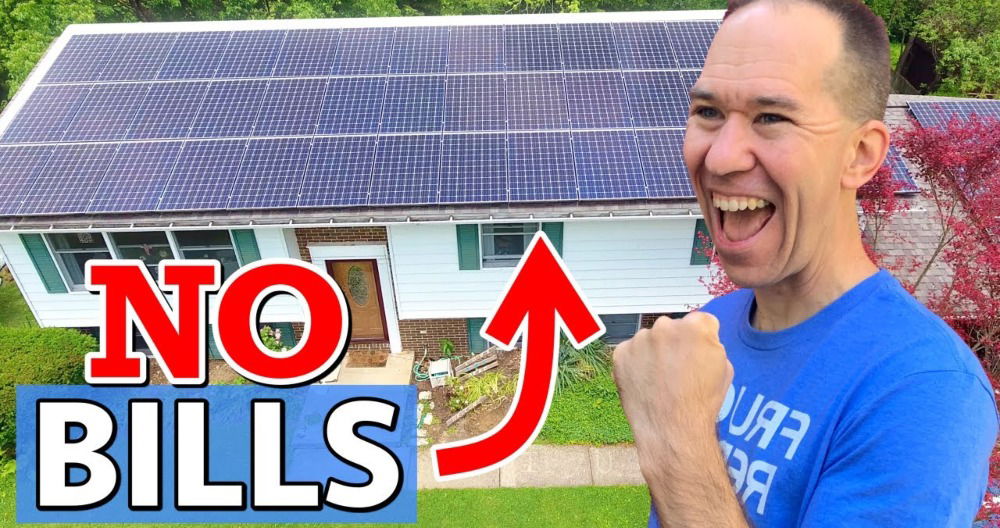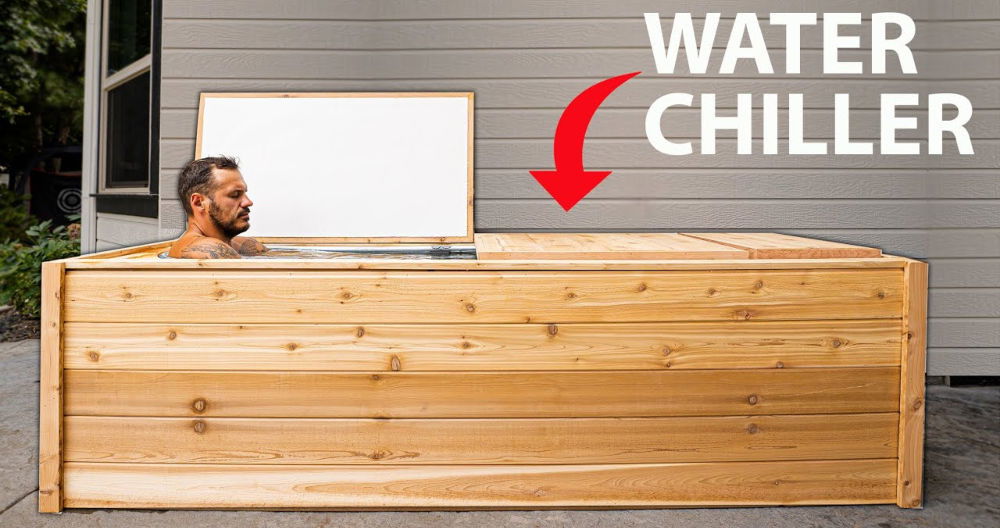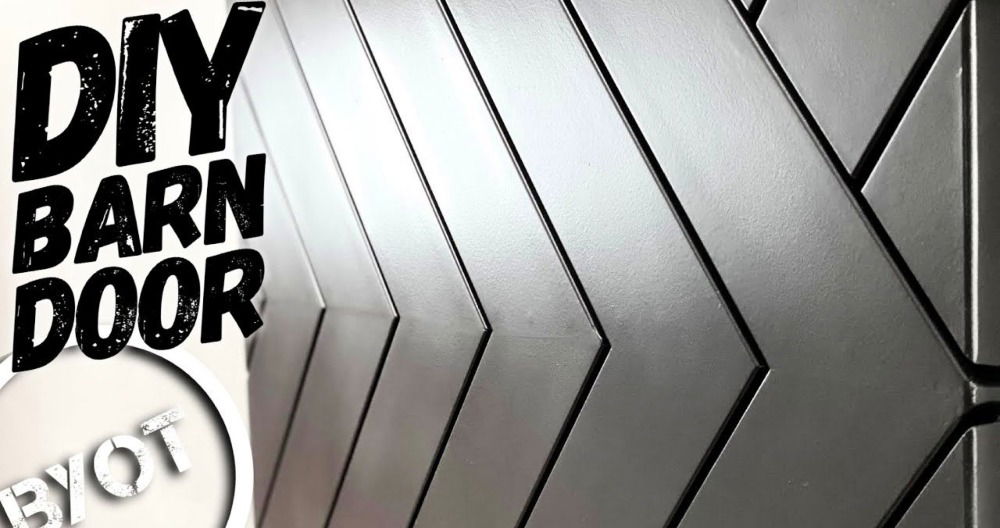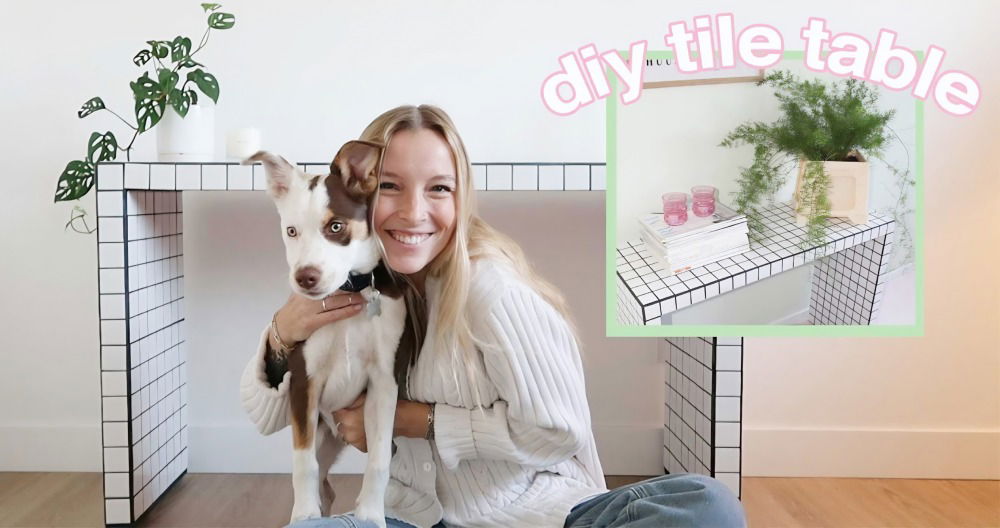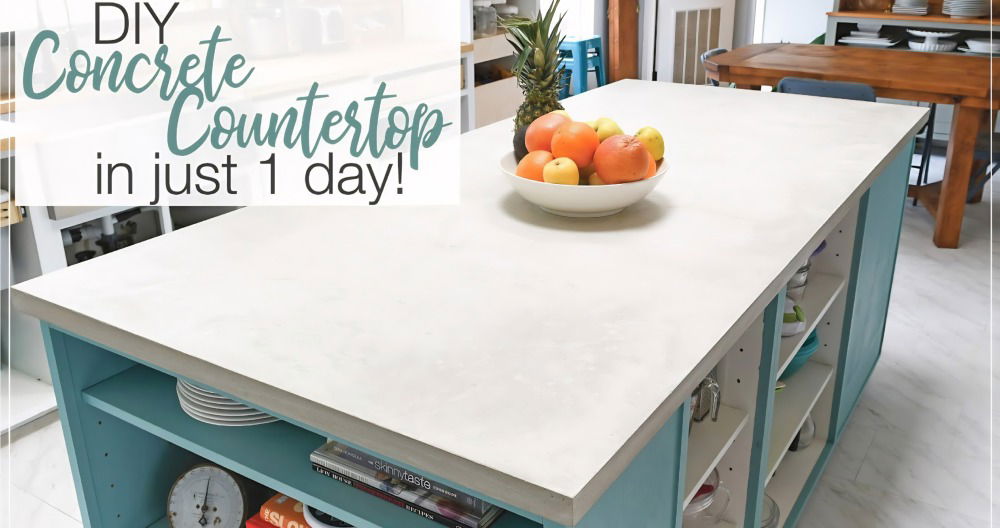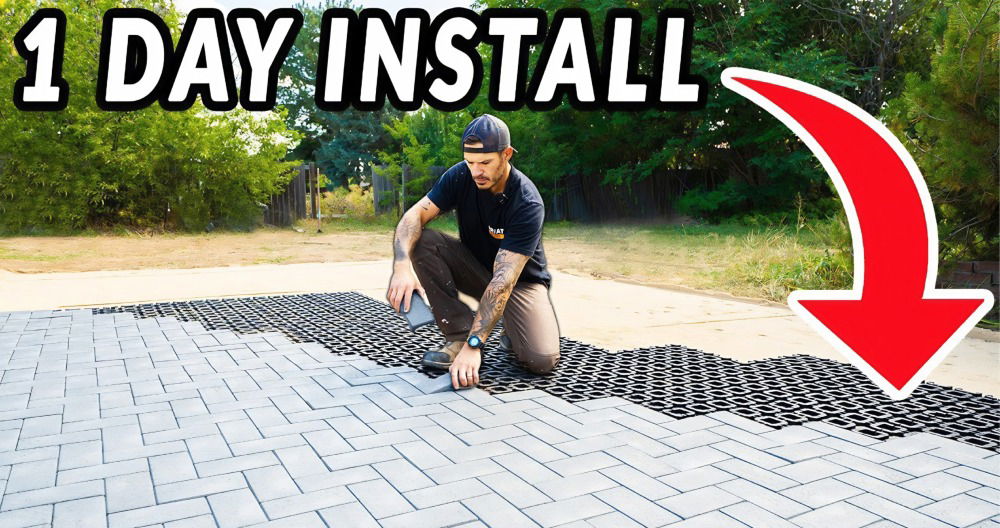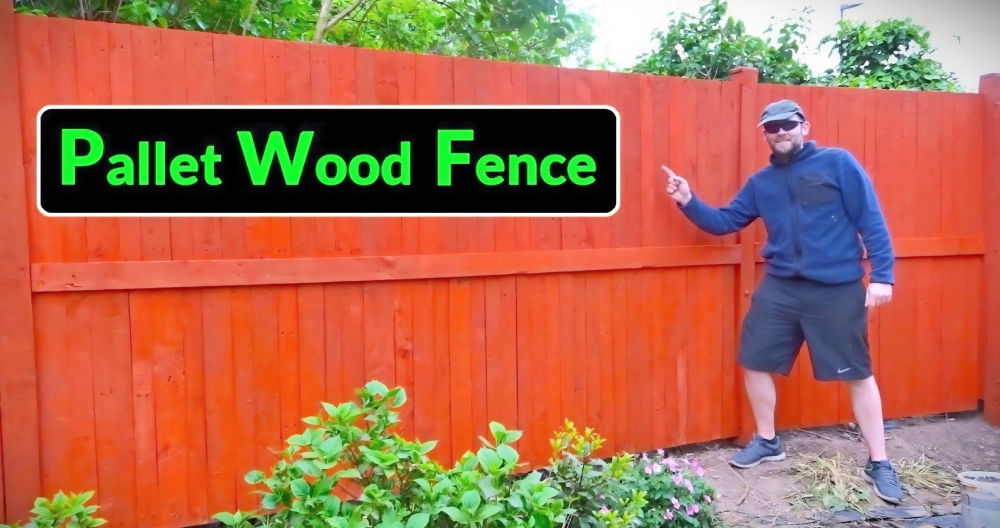Building a DIY flower bed on a budget gave me a sense of pride and joy. I found old bricks in my backyard and used them to outline the bed. This saved money and gave the garden a charming, rustic look. I bought seeds instead of grown plants, which was much cheaper, and watched with excitement as they sprouted.
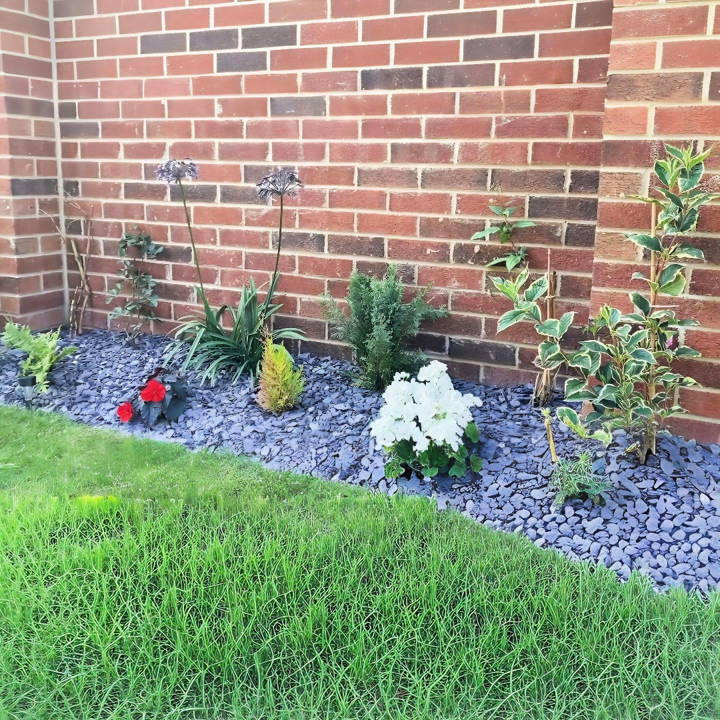
Starting my own DIY flower bed, I used a mix of compost and garden soil to enrich the dirt. This helped the flowers grow strong and healthy. I also used mulch made from old leaves to keep the soil moist.
This not only saved money but also helped my plants thrive. I hope these tips inspire you to build your own beautiful flower bed.
Understanding Your Soil
Healthy soil is the foundation of a thriving flower bed. It's where your plants get most of their nutrients and water, so it's important to understand what makes soil healthy and how to maintain it.
- What is Soil Made Of? Soil is a mix of minerals, organic matter, air, and water. The minerals come from rocks that have broken down over time. Organic matter comes from dead plants and animals that decompose in the soil.
- Why is Soil Health Important? Healthy soil supports plant growth by providing nutrients, holding water, and allowing air to circulate. It also hosts a community of organisms, from bacteria to earthworms, that help keep the soil healthy.
- How to Test Your Soil You can test your soil's pH, which tells you how acidic or alkaline it is. Most plants prefer a pH between 6 and 7. You can buy a simple test kit at a garden store or online.
- Improving Your Soil If your soil is too sandy, it won't hold water well. If it's too clayey, it won't let air in. You can improve your soil by adding organic matter like compost or well-rotted manure. This will help balance the texture and add nutrients.
- Maintaining Soil Health To keep your soil healthy, avoid over-tilling, which can disturb the soil structure and harm the organisms living in it. Also, rotate your crops and use mulch to protect the soil surface.
By understanding and caring for your soil, you're setting the stage for a beautiful, productive flower bed.
Materials Needed and Why
- Plants: The stars of your flower bed. Choose a variety of colors and heights for depth and interest.
- Gardening Tools (Spade, Gloves): Essential for digging and protecting your hands.
- Multi-Purpose Compost: Enriches the soil, giving your plants the best start.
- Weed Control Fabric and Metal Pegs: Prevents weeds from taking over your flower bed.
- Decorative Stones or Bark: Aesthetically pleasing while also helping retain soil moisture.
- Rope and Stakes: outlines the shape of your flower bed, making it easier to work.
Step by Step Instructions
Learn how to make a flower bed with our step-by-step guide. From making the outline to adding finishing touches, get tips for a perfect garden.
Step 1: Building The Outline
Using rope and spare tools like screwdrivers, we marked the edges of our future flower bed. This visual guide was invaluable for keeping our digging neat.
Step 2: Preparing The Ground
The most labor-intensive part was removing the top layer of turf. We used a sharp spade to slice into the ground, making sure not to dig too deep to preserve soil health. After clearing the grass, we churned the soil beneath to make it loose and workable for planting.
Step 3: Enriching the Soil
Our soil looked healthy, but we didn't take any chances. We mixed in multi-purpose compost to ensure our plants would have all the nutrients they needed to thrive.
Step 4: Weed Prevention
Weed control fabric was a game-changer. Laying it down might seem like an extra step, but it'll save you countless hours of weeding. We secured ours with metal pegs, ensuring not even the most persistent weeds could get through.
Step 5: Planting
Finally, the fun part! We transferred our plants from their pots into the ground, being careful to space them as we had initially planned. A good soak with water helped them settle in. It's amazing how quickly a space can transform once plants are in the ground.
Step 6: Adding Finishing Touches
We opted for decorative stones over bark to deter local cats from treating our new flower bed like a litter box. The stones added a neat, polished look to our project. We also set up some garden edging to cleanly define the flower bed's boundaries.
Caring for Your Flower Bed
Routine maintenance like watering, feeding, and deadheading spent blooms keeps your garden looking its best. I found myself tending to the plants almost daily, marveling at their growth and the transformation of the space.
Seeing the transformation is rewarding. It seemed daunting but was simpler and enjoyable. My advice? Dive in; it's worth it and quite affordable.
Designing Your Flower Bed
Building a flower bed is like painting a landscape on the canvas of your garden. It's an opportunity to express your personal style while fostering a healthy ecosystem. Here's how to design a flower bed that's both beautiful and beneficial to your environment.
- Start with a Plan Before you dig, sketch your flower bed. Consider the size and shape. Do you want a traditional rectangular bed, a free-form natural look, or a series of small islands? Think about how it will be viewed. Will it be up against a wall, or can it be appreciated from all sides?
- Choose a Color Scheme Colors can set the mood of your garden. Cool blues and purples build a calming effect, while bright reds and oranges can make a bold statement. You might choose a monochromatic scheme or a riot of color. Whatever you decide, make sure there's a method to your madness.
- Consider Plant Heights Taller plants belong at the back of a border or the center of an island bed. Medium-height plants can fill in the middle, and shorter plants or groundcovers should edge the front. This tiered approach ensures every plant gets seen.
- Think About Bloom Times To keep your flower bed looking lively throughout the growing season, select plants with staggered bloom times. Spring bulbs can give way to summer perennials, followed by fall bloomers. Evergreens can provide structure and color in winter.
- Attract Pollinators Include plants that attract bees, butterflies, and other pollinators. Not only will they help your garden grow, but they'll also support local ecosystems. Plants with various bloom shapes and sizes will attract a wider range of these helpful creatures.
- Use Mulch Wisely Mulch helps retain moisture, suppress weeds, and improve soil quality. But don't overdo it. A layer about two inches thick is usually enough. Keep mulch away from plant stems to prevent rot.
- Leave Room for Growth Plants need space to spread out and thrive. Overcrowding can lead to disease and poor growth. Check the mature size of your plants and space them accordingly.
Follow these tips to design a beautiful flower bed that supports both plants and animals. The best designs imitate nature, where every element has a purpose.
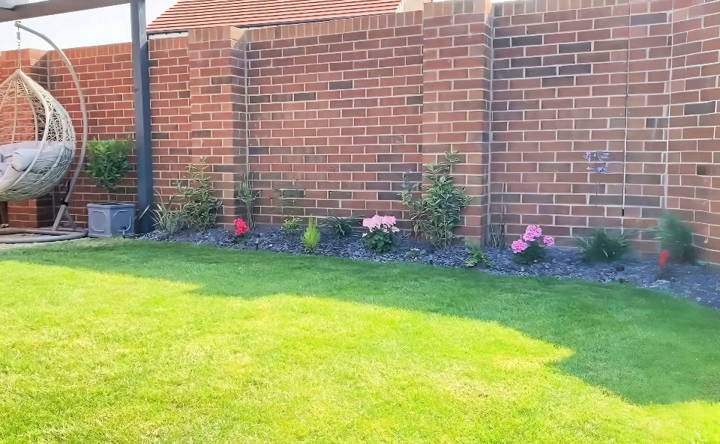
Advanced Techniques for Flower Beds
When you're ready to take your gardening to the next level, advanced techniques can help you build a more dynamic and diverse flower bed. These methods are designed to maximize beauty and efficiency while promoting a healthy ecosystem.
- Layering Bulbs for Continuous Blooms Layering bulbs means planting them at different depths so that early, mid-, and late-season bloomers emerge in succession. This technique ensures that as soon as one type of flower fades, another begins to bloom, providing a continuous display of color.
- Building a Wildflower Meadow Transforming a section of your garden into a wildflower meadow provides a habitat for wildlife and requires less maintenance than traditional flower beds. Choose a mix of native grasses and flowering plants to support local pollinators and provide year-round interest.
- Companion Planting Companion planting involves placing plants together that benefit each other. Some plants can deter pests naturally, while others might improve the growth or flavor of their companions. This method reduces the need for chemical interventions and encourages a balanced ecosystem.
- Incorporating Edible Plants Edible flowers and herbs can add both flavor and beauty to your garden. Consider planting calendula, nasturtiums, or chives among your flowers. Not only will they provide fresh ingredients for your kitchen, but they'll also attract beneficial insects.
- Using Vertical Space If ground space is limited, go vertical. Trellises, arbors, and vertical planters can add height to your flower bed, allowing you to grow climbing plants like clematis, morning glories, or even some types of roses.
- Experimenting with Texture: Mixing plants with different textures adds depth and interest to your flower bed. Combine feathery foliage with glossy leaves or spiky flowers with round blooms. This variety can make your garden more visually appealing.
- Innovative Watering Systems Consider installing a drip irrigation system to deliver water directly to the roots of your plants. This method conserves water and ensures that your plants receive the moisture they need without overwatering.
Integrate advanced techniques into your flower bed to build a thriving, beautiful garden. Understand plant needs and local conditions for success.
Troubleshooting Common Issues
When it comes to gardening, even the most well-planned flower beds can encounter issues. Being prepared to identify and address common problems can ensure your garden remains a vibrant and healthy oasis. Here's a guide to help you troubleshoot some typical flower bed concerns.
- Dealing with Pests Pests can be a nuisance, but there are ways to manage them. Regularly inspect your plants for signs of damage and identify the culprits. Once identified, use targeted measures such as insecticidal soaps or natural predators like ladybugs to control them.
- Combatting Diseases Fungal diseases often stem from too much moisture. Ensure your plants have enough space for air circulation and water at the soil level to keep leaves dry. If a plant does become diseased, remove and dispose of the affected parts promptly.
- Improving Poor Soil If your plants are struggling, the soil may be the issue. Conduct a soil test to check for nutrient deficiencies or pH imbalances. Amending the soil with compost or other organic matter can improve its structure and fertility.
- Watering Wisely Overwatering can lead to root rot while underwatering can stress plants. Use a moisture meter or check the soil moisture by hand to determine when to water. Aim for deep, infrequent watering to encourage strong root growth.
- Addressing Weeds Weeds compete with your plants for resources. Mulching can help suppress weed growth, and hand-pulling is often the most effective method for removal. Be sure to get the entire root to prevent regrowth.
- Fixing Compaction Soil compaction restricts root growth and reduces air and water infiltration. Avoid walking on garden beds and use a garden fork to gently aerate compacted areas.
- Managing Light Issues Plants that receive too little light may become leggy, while those with too much can scorch. Assess the light conditions and move plants or provide shade as needed to match their light requirements.
By keeping an eye out for these issues and knowing how to handle them, you can keep your flower bed looking its best.
Maintenance Schedule
A well-maintained flower bed is a source of joy and beauty. To ensure your garden remains in top condition, follow this simple and effective maintenance schedule:
Weekly Tasks:
- Watering: Check soil moisture levels and water if the soil feels dry an inch below the surface. Early morning is the best time to water, allowing plants to hydrate before the heat of the day.
- Weeding: Remove weeds promptly to prevent them from taking over. It's easier to pull weeds after watering when the soil is moist.
- Inspecting for Pests and Diseases: Keep an eye out for any signs of trouble and address them quickly to prevent spread.
Monthly Tasks:
- Fertilizing: Feed your plants with a balanced fertilizer to ensure they get the necessary nutrients. Always follow the instructions on the fertilizer package.
- Mulching: Check the mulch layer and add more if it's getting thin. Mulch helps retain moisture and suppress weeds.
Seasonal Tasks:
- Spring: Prepare your beds by clearing debris, adding compost, and pruning where necessary.
- Summer: Deadhead flowers to encourage new blooms and add a layer of mulch to keep roots cool.
- Autumn: Plant spring bulbs and cut back perennials that have finished for the season.
- Winter: Protect sensitive plants with mulch or burlap and plan for the next year's garden.
The key to a beautiful garden is regular care. By sticking to this maintenance schedule, you'll ensure your flower bed remains a vibrant and healthy part of your outdoor space.
FAQs About How to Make a Flower Bed
Discover the faqs about how to make a flower bed, and get tips on soil prep, plant selection, and design for a perfect garden space.
Before digging in, choose a location that gets six to eight hours of sunlight daily, as most flowering plants thrive in full sun. Ensure the soil is loamy and well-draining; you might need to amend it with compost. Also, consider the bed's proximity to a water source for easy irrigation.
To remove grass, you can use a shovel or rent a sod cutter for larger areas. After removing the turf, till the soil to loosen it and remove any remaining roots. Add compost to enrich the soil and improve its structure.
The layout should accommodate the mature size of the plants to prevent overcrowding. Common shapes include rectangles, circles, or free-form designs that complement your space. Use a garden hose or string to outline the bed before you start digging.
After preparing the soil, arrange your plants while they are still in their pots to finalize the design. Dig holes twice the width of the root ball and as deep as the pot. Place the plants in the holes, backfill with soil, and water thoroughly.
Regular maintenance includes watering, weeding, deadheading spent blooms, and applying mulch to retain moisture and suppress weeds. Seasonal tasks may involve dividing perennials, adding fertilizer, and protecting plants from frost.
Closing Thoughts
Wrapping up, learning how to make a flower bed on a budget is easier than you might think. By using recycled materials, selecting cost-effective plants, and adding personal touches, you can build a beautiful space without overspending. Ready to start your own DIY flower bed project? With these tips, you're well on your way to enjoying a lush, vibrant garden that won't break the bank.





